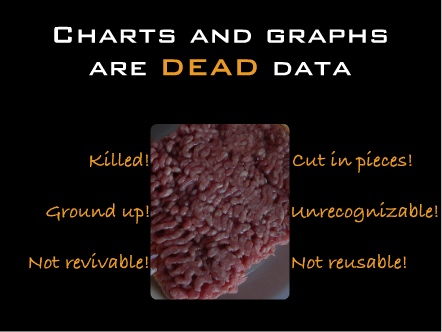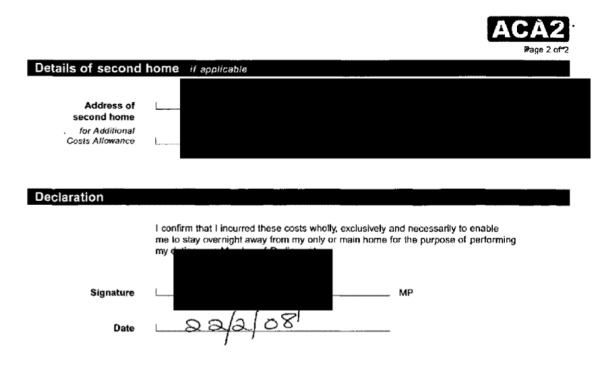One of the most pernicious conspiracies between Westminster politicians and journalists is the ‘lobby’ system. In an interesting article in the Independent, Tom Watson, the former Minister for Digital Engagement, thinks that abolishing the lobby system is one of the first things a new Speaker should do.
Driven by the decreasing space allocated to Parliament in their papers, lobby journalists report only a fraction of Westminster discussions. Where, for example, can you read of recent debates on extreme solar events or addiction to prescription medicines? These and others were not reported because they were not the big story of the day – and all because a cartel of political editors convened over afternoon tea to decide that this was so.
Last month, Sri Lanka was the big story. This month, alas for the Tamils, it wasn’t. So Siobhain McDonagh’s debate on 12 June over the plight of 300,000 Tamil refugees was barely noticed.
The 238 pass-holding lobby journalists do not have an outlet for lesser stories, so they end up, pack-like, having to chase the same one or two stories each day.
Yet it is a stark reality of life in the internet age that parliamentary reporting no longer has to be constrained by column inches. The new Speaker should log on to see what is possible. See, for example, Ispystrangers.org. There you will read of discussions as wide-ranging as NHS provision in Cornwall and job losses on a missile range in South Uist.
The problems for the lobby are also compounded by absurdly out-of-date “you must wear a tie in the gallery” rules.
David Miliband has called for an end to unattributable briefings. He’s right. In the internet age there is no such thing as a secret. Over the next few months I will argue for a technologically enabled democracy, from e-petitions to digitally encoding each clause and amendment to every Bill. This will further open up Parliament.
Crack open the lobby cartel. Let in a new generation of online commentators. Share access to lobby briefings with a more diverse group of reporters. Rip up the lobby rules and put all briefings on the record. Do this, and a new Speaker can genuinely be part of a new era of accountability.
Can’t see this idea appealing to the Lobby hacks. After all, it would mean that they would have to do some real reporting, and wear out some real shoe-leather.




